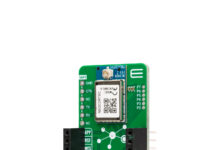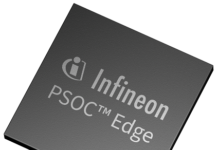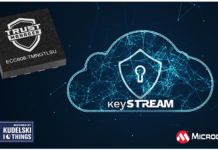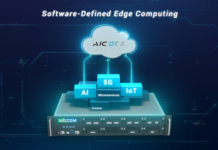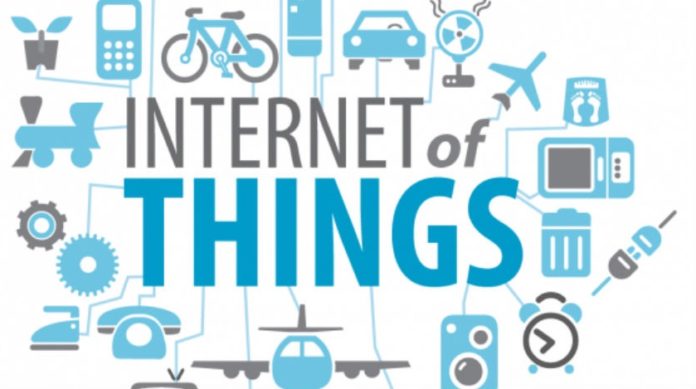
We, the Homo sapiens, have become used to digital technology, but it has impacted us like an avalanche, opening up more avenues than it has blocked. On the other hand, it’s either by choice or compulsion we can’t assume a life now without its use or application.
It has fully eclipsed, if not overtaken; all other innovations which are taking place in other areas of human excellence. Further into it, we find every now and then new buzzwords popping up and withering away with great regularity. In fact, we’re witnessing a time space of a bigger digital and disruptive revolution, in the use and application of technology in our life.
Undoubtedly, one such recent idea in the digital technology field is ‘Internet of Things’. It is also referred, in short, as ‘IoT’ but the term has remained vague in meaning in its real sense, and there are multiple misconceptions which have got associated with it.
What Is ‘Internet of Things’?
As mentioned earlier, the IoT is a new interconnection of technology heralded as the next digital revolution which means radical change, disruption, and an entirely new paradigm in the spectrum of digital communication.
Presently, the internet is primarily operated by humans. Of course, we have thousands of miles of optical fibers, millions of routers, hundreds of servers and data centers to direct us the traffic. Besides it, unknowingly, they also churn data and numbers to give us optimal service and value. However, if we delve deeper, we still find internet largely still remains a person to person connection and electronic devices merely play the role of passive facilitators.
True, without humans one can’t construe the value or meaning of the internet. Nearly every aspect of modern connectivity is between individuals. Though, this seamless connection seems great, but side by side huge Petabytes of unseen data travel through the internet tubes every single moment. Ironically, the downside of it is very little data is processed quickly because humans can’t match the speed of a machine.
Simply put, ‘Internet of Things’ is a concept of connecting any device which has an on and off switch to the internet, and in addition if it has also been allocated an IP. You can include everything from smart phones, headphones, wearable devices, washing machines, coffee machines, fax, health devices, smart watches and almost anything that is digital.
In technical terminology, a gadget which has an on and off switch, then chances are it can or be made a part of the IoT. It is estimated based on a survey undertaken by Gartner that by 2020 there will be more than 25 billion connected devices in the world and with a 30-time increase since 2010. Are we ready to embrace the change of this magnitude?
Further ahead, according to a rough estimate the figure of 25 billion could even be higher and close to 100 billion devices. It will be a huge network of connected “devices”, and this relationship will be multi-directional and multi-dimensional, i.e., between people to people, people to devices, and devices to devices.
How does IoT impact us?
It is clearly evident that the next big thing is ‘Internet of Things’. Unfortunately, people are not able to conjure up the impact as to how big it is going to be but for those who are keen observers and, they already know it.
For example, a thing in the IoT, can be a person’s heart implant that monitors it, a farm animal with a bio-chip transponder, a car that has built-in sensors to alert the chauffeur when the tire pressure is low – or, any such natural or man-made article which can be assigned an IP as well as has the inbuilt ability to share or transfer data on a network.
Typically, such a scenario means a complete wired connection and an envelope of information. It will provide us seamless information across all devices to enable us with meaningful data, insights, information and inputs to carry out, or monitor our work to increase efficiency.
Further ahead, IoT might prove to be a huge treasure trove of big data – data which can predict in real-time say a reader’s comment or insight who is looking for content and digital information on a web portal, give clues to accidents and crimes in smart cities, give a surgeon insight into information from pacemakers or bio-chips, assist a more optimized productivity across industries through predictive maintenance on machinery and equipment, and create smart homes with connected devices.
Another example, it could establish critical communication between self-driving cars and automobiles. Simply put, there are endless possibilities of its application and usage which will surface on the horizon one day for everyone to take advantage.
Pros and Cons of ‘Internet of Things’
With the advent of technology, it is but natural there will always be benefits and fewer risks involved. On the other hand, while the benefits are always welcome, but mitigation of risks is even far more important. It is either due to in its production and specification, application, or related to its cyber safety and security features.
It’s utmost important whether you’re an end user or using these technologies on the enterprise level you must put in place all the possible theft, threat or safety related software and hardware, and follow strict recommendation pertaining to its regulatory requirements.
In this space, you could find multiple IT services firms newer, smaller or bigger such as Happiest Minds, Wipro, Mind Tree, TCS, Dell, Cisco, GE and etc, and these firms can help you identify your organization’s issues related to cyber threats.
On the other hand, you can’t compromise and afford to take a hit on your productivity or profitability just because you could not consider cyber safety and security measures on time.
It’s vital before it gets too late, to deploy the recommended software, hardware, safety features and tools to mitigate and minimize your enterprise risk. Moreover, for any enterprise; the idea is to adhere to your growth plans and avoid pilferage, or threats coming from any source. Ultimately, it is always the goal of any organization to grow big, lead and succeed in the given space of its leadership position.
By: Syed S. Ahmed
Source: http://www.businessworld.in



